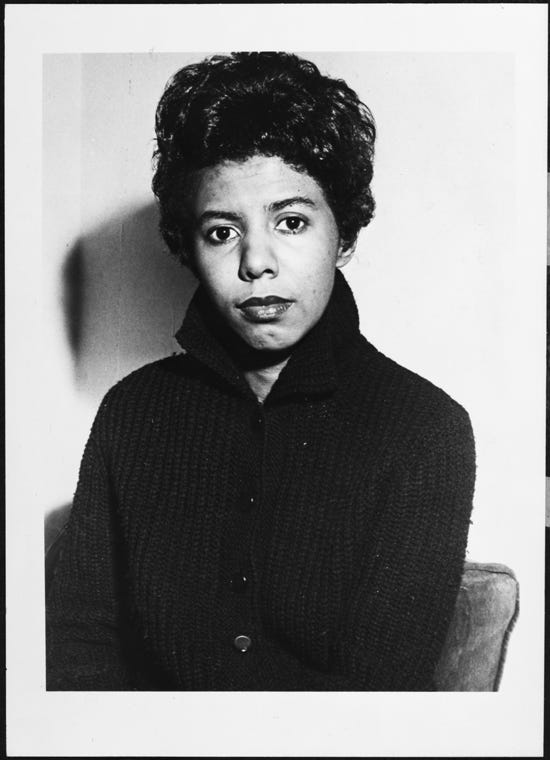Aspiring writers look to the past for inspiration and advice. To truly understand the craft, one must read and learn from those who’ve come before.
“If a writer knows enough about what he is writing about, he may omit things that he knows. The dignity of movement of an iceberg is due to only one-ninth of it being above water” –– Ernest Hemingway.
Ernest Hemingway published seven novels, six short-story collections, and two nonfiction works in his lifetime. Hemingway coined the term “iceberg theory,” which entails the theory of omission. In his works, he intentionally omitted details, wanting readers to infer the meaning from his text.
“The only good writing is intuitive writing. It would be a big bore if you knew where it was going. It has to be exciting, instantaneous and it has to be a surprise. Then it all comes blurting out, and it’s beautiful. I’ve had a sign by my typewriter for 25 years now which reads, ‘DON’T THINK!’" –– Ray Bradbury.
Best known for his 1953 dystopian novel “Fahrenheit 451,” Ray Bradbury wasn’t only a novelist but a screenwriter, playwright, poet, and wrote hundreds of short stories. Bradbury was one for pantsing his way through his works. Unlike some writers who spend time planning out every detail (“plotters”), Bradbury urged people to write without a plan.
“I believe that one of the most sound ideas in dramatic writing is that in order to create something universal, you must pay very great attention to the specific” –– Lorraine Hansberry.
Lorraine Hansberry was an African American playwright and writer well known for her play “A Raisin in the Sun.” Published in 1959, “A Raisin in the Sun” became the first play written by an African American woman produced on Broadway. Hansberry didn’t shy away from tough topics and emphasized being specific in one’s work.
Today’s writers have countless mentors, but they’re also paving the way for themselves.


